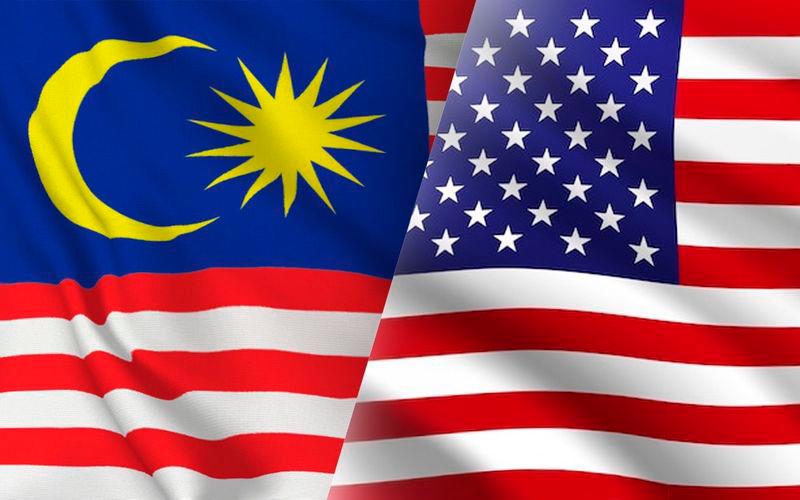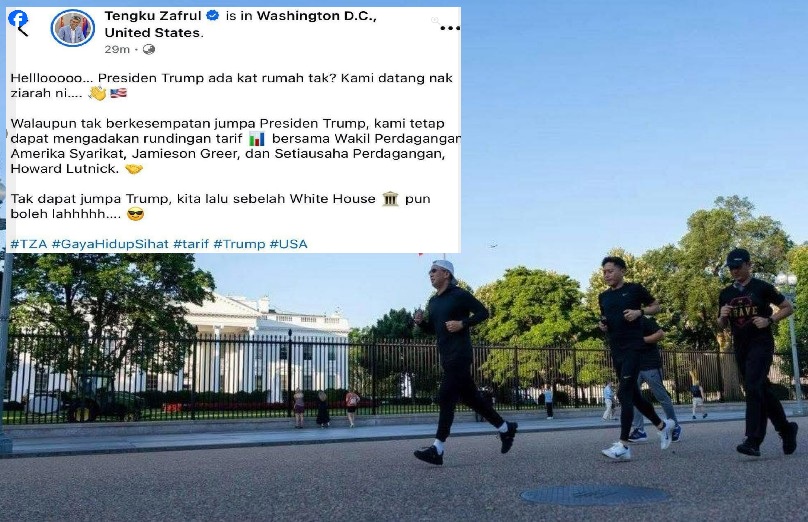By Azila Abdul Aziz (pic)
THE pandemic has brought major disruptions within the economy and businesses all around the world, yet derivatives traders continue to thrive during moments of volatility.
There is no denying that the derivatives market is still considered as a niche industry among the investing community in Malaysia, but could this simply be due to the lack of awareness or insufficient information readily available for traders?
Unlike in other major countries such as the US and UK (we need not even look far as it is even apparent in our neighbouring country of Singapore), trading in derivatives market can be considered as a mainstream activity.
Investors with foresight who prefer not to place all their eggs in one basket know that trading in the derivatives market will enable them to hedge their price risk, thus serving as a risk mitigation platform.
In this regard, Kenanga Futures Sdn Bhd has always been an advocate of derivatives trading by educating and building awareness among traders.
As part of its ongoing efforts towards Building A Smart Derivatives Trading Community in Malaysia, Kenanga Futures has over the years been organising a regular series of educational seminars and workshops in selected cities around Malaysia.
To generate more excitement and interest when it comes to trading derivatives, Kenanga Futures annually operates derivatives-dedicated trading campaign named “Back to the Futures” whereby the encouraging response that we have received has aspired us to step up on more digital campaigns going forward.
Gauging risk appetite
The only certainty in derivatives trading is uncertainty. However, at its core, trading futures aims to provide traders with a level of certainty about one thing in particular: prices.
Having said that, volatility is not the only reason why traders opt to trade derivatives. Regardless of the volatile nature of the market, we need to always remember that the derivatives market plays a role as a risk mitigation channel.
The purpose of hedging is not meant to make money, but to protect one’s portfolio exposure and minimise potential loss.
There are several types of traders in the market, of which every trader has his/her own motive and risk appetite. For example, natural hedgers such as plantation companies and oil mills will use derivatives to hedge their price exposure and lay off their risk, even when the market may not be as volatile as what we see today.
There are also speculative traders who take directional positions with the aim of making profits. The differences in motive and risk appetite contribute to the overall efficiency and liquidity in the market, hence leading to more volume.
Let’s take the Futures on Crude Palm Oil (FCPO) contract for example. There are 10.7 million FCPO contracts traded in 2019, which equates to 268 million metric tonnes (MT) of crude palm oil (1 FCPO contract = 25MT of CPO). As the total production of crude palm oil (CPO) in 2019 is 19.9 million MT, this means that futures traded at more than 13 times of production.
This suggests that there are already diverse market players accessing FCPO on Bursa Malaysia Derivatives (BMD) or deploying various trading strategies, in addition to the hedging strategies that would naturally attract interest on BMD.
Being the only derivatives exchange in Malaysia, BMD currently offers 16 derivatives products which are commodity-related, equity-related and financial-related.
The most actively traded product on BMD is the flagship FCPO, which since its inception in 1980, has been referred to as the global benchmark for price discovery in CPO. The second most popular product on BMD is FTSE Bursa Malaysia KLCI Futures.
Surging volume
BMD has seen tremendous growth in volume in the past decade, starting at 6.1 million contracts in 2010 and rising to as high as 14.2 million contracts executed in 2016 (CAGR from 2010-2019: 9.2%).
This was all made possible after BMD successfully migrated all of its derivatives products onto CME Globex, the electronic trading platform of CME Group back in 2010. This move to CME Globex has enabled global clients to access BMD products electronically while creating broader exposure for the market.
Over the next five years, we expect volumes to continue to grow albeit at a moderate pace due to several factors. Recently, BMD announced that it had extended its agreement with CME Group to host BMD products on CME Globex platform until September 2025.
The development certainly provides assurance from market access standpoint as BMD markets continue to be electronically accessible to global clients. As of May this year, foreign institutions accounted for a healthy 45% of the total contracts traded on BMD.
Meanwhile, retail participation in the derivatives market is also increasing. Volume from retail participation this year accounted for almost 30% of the entire market volume which is at least 5% more from the previous year’s average.
Another factor that will contribute to increase in volume is improvement arising from digitalisation and technological advancements. As the world becomes more digitally connected, access to trading and information has been made easier.
Regional development
In 2019, the total number of futures and options traded on exchanges worldwide reached 34.47 billion contracts, up 13.7% from the previous year, according to the Washington-based Futures Industry Association annual volume survey.
The Asia-Pacific region continued to be the largest in terms of both the number of contracts traded and the rate of growth by accounting for 42% of global volume, the highest in at least a decade.
BMD, which is currently ranked 34th globally in terms of volume, is also the third most active derivatives exchange in Southeast Asia behind the Singapore Exchange and Thailand Futures Exchange.
Kenanga Futures will be launching an exciting retail campaign in August where participants will be able to win attractive prizes. Stay tuned to Kenanga Group’s Facebook page or website at www.kenangafutures.com.my.
Azila Abdul Aziz is the CEO/executive director and head of listed derivatives at Kenanga Futures Sdn Bhd, a leading listed derivatives brokerage company in Malaysia. The opinion expressed is the writer’s own.
This article is a branded content.









